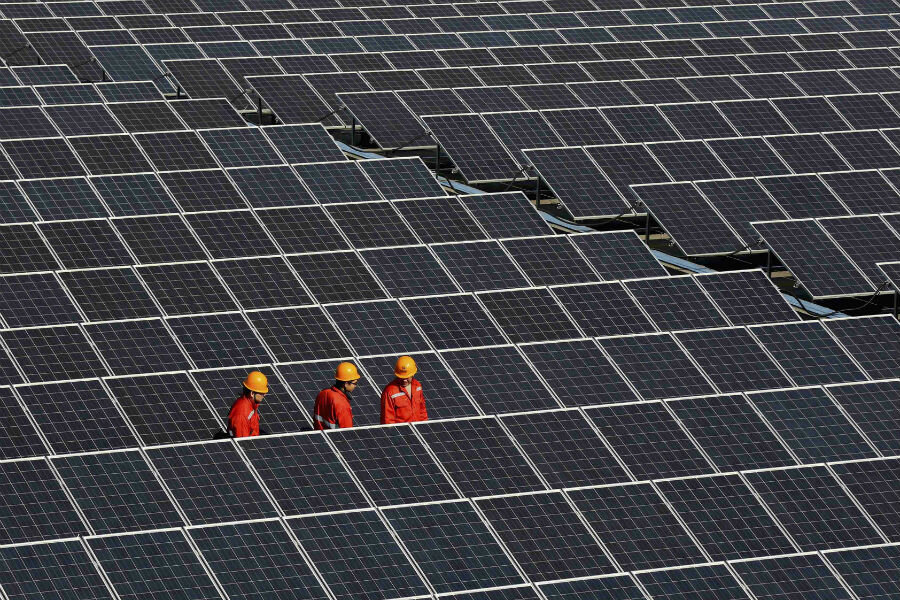What a Rwandan solar plant is teaching Africa about clean energy
Loading...
Twenty-one years after the genocide, the solar field at the Agahozo Shalom Youth Village in Rwanda is a sign of a brighter future for the east African nation. In its first year, the plant powered more than 15,000 homes, in a country where just 17 percent of the population has access to electricity. The success of the solar plant is crucial to Rwanda's plan to provide electricity to 70 percent of its 11.8 million citizens by June 2018.
Twaha Twagirimana, one of the employees who monitors the Gigawatt Global plant, tells The Guardian he believes the fields of solar panels could be a template for the continent. “We have plenty of sun. Some are living in remote areas where there is no energy. Solar will be the way forward for African countries.”
Mr. Twagirimana’s sentiment of replicability is echoed by Climatescope, a report issued Monday funded in part by President Obama’s Power Africa initiative (which also backed the Gigawatt Project) that calls Rwanda “one of Africa’s success stories,” due to its audacious plan to reach 563 megawatts of power capacity in its grid.
At only 8.5 megawatts, the plant has put a small dent in what needs to be developed. But utility reforms are being pushed in the country, and renewables already account for most of the nation’s meager power supply, with 57 percent small hydro and 6 percent solar; the rest is mostly diesel, which is expensive and dirty, according to the Climatescope survey.
The Rwandan government agreed quickly to a bid by Gigawatt Global, Norway's Norfund, California's Scatec Solar, and backing from President Obama’s Power Africa initiative. Construction began in February 2014 and was finished by July. According to Chaim Motzen, Gigawatt Global’s co-founder and managing director, the energy financing deal took less than three months to complete, and has been called the "fastest project in Africa."
When the $23 million Gigawatt Project went live in July 2014, it became the largest solar project in sub-Saharan Africa outside of South Africa. It was also the first utility-scale, grid-connected, commercial solar field in East Africa.
The solar plant created 350 local jobs during construction, according to Gigawatt Global. Today, the plant has five full-time employees who monitor the solar panels that are hooked up to a server in Oslo through an Internet connection. Computer-powered panels built in China, and inverters and transformers made in Germany move with the sun from east to west each day, increasing the efficiency of the sun-gathering power by 20 percent, compared to panels that don’t move.
The project is built on land owned by the Agahozo-Shalom Youth Village, whose mission is to care for Rwandan children orphaned before and after the genocide. The 25-year lease of its land is the largest source of income for the six-year-old village, which is home to 512 young people, who are now being educated on engineering and solar PV technology, and some of whom worked on the project.
Mr. Motzen, Gigawatt Global’s co-founder and a pioneer in clean energy in Israel, said to The Guardian, “Rwanda had 110 megawatts on the grid for a population of 12 million people; Israel has 13,000 megawatts for 8 million people. There was a desperate need for more energy.”








